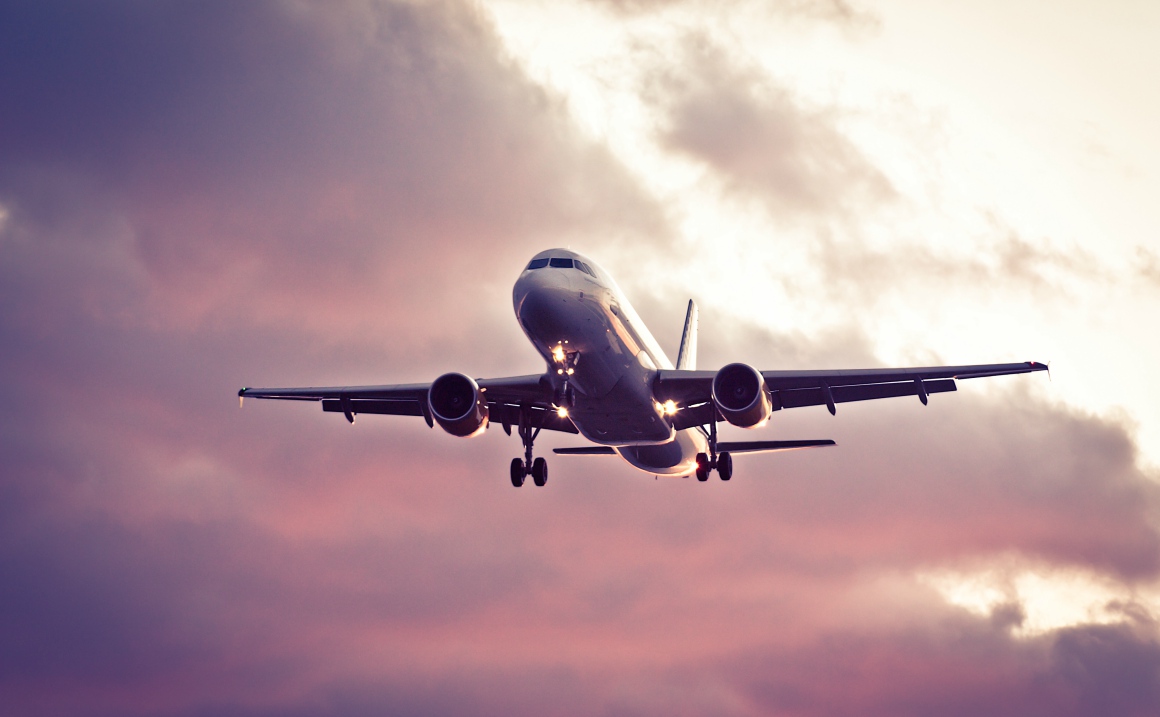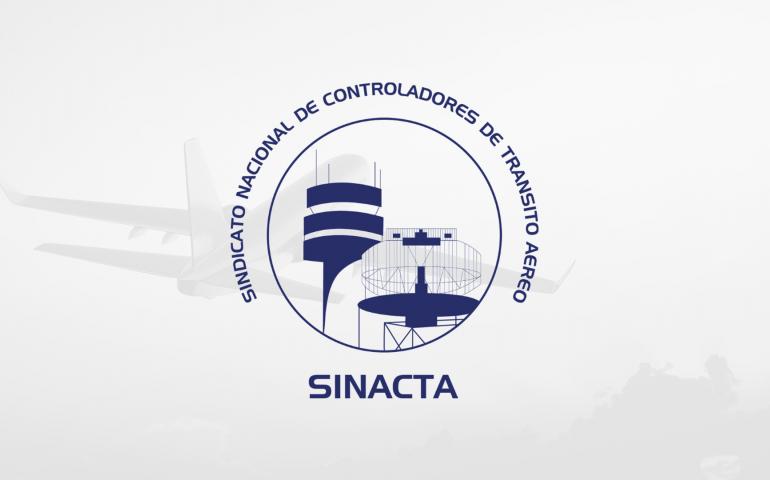
By Yann Cambier
Commercial aviation—and its supporting industries—has been dealt a severe blow during the pandemic. Finding the best route for recovery requires companies to take stock, review their operational and commercial approach, and adapt.
Due to COVID-19, the aviation industry has suffered a significant decrease in global air traffic since March 2020.
Outlining the initial steps towards recovery, our global fleet forecast report provides a thorough market assessment of traffic demand, fleet outlook, trends, and analysis. It informs key strategies and behaviors that will help aerospace, airlines, and the maintenance repair and overhaul (MRO) industry to assess, adapt, and rebuild in a post-COVID-19 environment.
A challenging problem
It is difficult to overstate the impact of the pandemic on the aviation industry, from plummeting traffic demand to fleet requirements and fallout for MRO. In April 2020, 16,000 jets were grounded, representing 62% of the world’s commercial aircraft fleet.
According to IATA, 2020 will be the worst year in history for member airlines. Net losses of $84.3 billion are forecast with further declines expected through 2021. With passenger numbers predicted to fall to just 2.2 billion this year, airlines will lose $37.54 per person.
Any downturn in demand directly impacts MRO services and spare part suppliers. With aircraft grounded, routine maintenance activity almost disappears. Airlines have responded to the crisis by looking primarily to cash management and the best use of existing resources. For example, airlines will use parts from grounded aircraft ahead of buying in spares—a situation that could last for several years, not months. This makes the plight of MRO services and suppliers worse.
As well as looking within their practices to safeguard their own cash flow, MRO enterprises will need to look outside their companies. The support and management of supply chains will be a priority to recover lost value. Changes in the industry’s labor market will add further substantial ripple effects from the pandemic.
Traffic demand and fleet outlook
By late July 2020, there were more than 15 million confirmed cases of COVID-19 worldwide. Numerous international travel restrictions were imposed. Now, many people appear unwilling to fly abroad, even when travel is allowed. There will likely be higher demand for domestic traffic and intra-regional services before long-haul flights pick up.
Domestic and intra-regional services primarily operate with regional jets and narrow-body aircraft, whereas long haul markets use large twin-aisle aircraft. As a result, the single-aisle market is likely to be less affected than the widebody sector.
Retirement of older aircrafts often follows traffic downturns, As evidenced by British Airways’ recently decision to retire its entire fleet of Boeing 747s in favor of new, more fuel-efficient planes such as the Airbus A350 and Boeing 787 Dreamliner. Many airlines are managing the reduction in traffic with a combination of retirements and deferred upgrades.
Airlines can expect a similar slowdown in new aircraft deliveries. In the next five years, 3,400 fewer aircraft will be supplied compared to pre-pandemic expectations. Deliveries of new aircraft since the start of 2020 are down by nearly 40% on original plans, and further cancellations and deferrals are likely until mid-2021.
Reduction in Aircraft Deliveries – 2020-2025 (No. of Aircraft)
Source: ICF
World fleet recovery
But there is reason for optimism in this otherwise difficult situation. The industry can rely on the bedrock of enthusiasm for air travel and its growth prior to 2020. Recovery will happen, but it may take several years. The numbers speak for themselves: pre-pandemic, 10 million passengers a day flew to destinations around the world alongside $18 billion worth of goods.
The ICF report forecasts a world fleet recovery to pre-COVID-19 levels by 2024. For recovery to happen in four years (an eternity for most businesses), compelling strategies are needed to get from here to there.
Blue sky thinking and pragmatism
To make this transition as smooth as possible, it is worth harnessing a mix of blue sky thinking and pragmatism. Each company within the MRO and aerospace market will benefit from reviewing its business strategy, individual footprint, and operating model if it is going to achieve more than just survival. Each needs to put in place the right framework to ensure it weathers the short-term implications of COVID-19 and longer-term challenges.
It is unusual to have so much of the aviation fleet grounded, but current realities will force a unique response and fresh approach to airline MRO. These will range from survival mode, cash management, renegotiating existing contracts, outsourcing, digital transformation, and grasping opportunities for strategic reorganization. Change and transformation are also possible by adopting lean and agile methods.
This kind of company introspection is rarely possible during regular daily business. However, when it becomes a priority, it can dictate important step changes that make the business more robust and nimble. Challenging times can force improvements, innovation, and resilience.
Innovation for the future
Many people would like to see the pandemic as a trigger for innovation. Instead of resorting to business as usual, here is a real opportunity to do things differently and better. Leading aviation firms are looking to technology to usher in a new era of research, development, and greener ways of flying. There is potential for change in several ways: new materials, technology, control and regulations, infrastructure, and operating models—the sky is the limit.
Already, there are precedents for success with advances in electric and autonomous flight technology. Finding smart ways to reclaim the skies could meet new agreements to combat climate change and prove lucrative. According to UK Research and Innovation, taking up this challenge will revolutionize the way people, goods, and services fly. It will also position the UK as a world leader in aviation products and markets worth over $675 billion (£559bn) to 2050. As with the switch to alternative ways to power cars, those in the vanguard of bringing fundamental change to aviation will be the first to exploit the benefits.
Room for optimism
Commercial aviation has become a champion of global business. It provides the fastest worldwide passenger and freight network, generating economic growth, employment, and enabling international trade and tourism. Getting aviation off the ground again is vital but doing so while addressing some of this sector’s most intractable problems will prove priceless.





Facebook comments